YQAL ransomware encrypts your files, then demands ransom
Contents
YQAL ransomware is a nascent computer malware variant that belongs to the notorious STOP/DJVU ransomware group. It attacks all folders in any computer it infiltrates and makes them unusable by encrypting its data and appending .yqal extension to each filename. Take, for instance, a file that goes by the name 1.jpg is renamed to 1.jpg.yqal. While the cyberattack is still ongoing, the malware will simultaneously release a ransom note called _readme.txt in all the folders, respectively. Within the _readme.txt is a direct message from the rogue developers behind the cyberattack, instructing the victim to pay a ransom in exchange for YQAL decryption tool.
The cybercriminals will buttress the fact that the victim’s entire files are now encrypted, inclusive of documents, pictures and all other personal data that are important to them. That considering the strong encryption key they was used, the victim has no other option than to pay a ransom so they could decrypt the files for them. The ransom note will also contain two email addresses: manager@mailtemp.ch and helprestoremanager@airmail.cc, for the victim to discuss further with them.
They will also inform the victim about certain conditions attached to the payment. If they’re able to make the payment within 72 hours/3 days of being notified, it will enable them to receive 50% ransom slash. In essence, instead of paying the full ransom fee of $980, they will pay $490. But once 3 days elapses, the victim will be made to pay the maximum fee. In addition to that, the victim will be instructed to pay the cryptocurrency equivalent of the USD ransom fee into a wallet address they will provide. They chose this payment option to cover their tracks so that law enforcement agencies won’t trail them. As a way of proving their capability to retrieve the encrypted files, they may request for parts of the files to be sent to them for test decryption but will also emphasize that such sample must not contain any data that could be considered as vital to the victim.

Our team of cybersecurity experts’ advice as regards to ransom payments is very similar to that of the FBI, and both of them recommend that paying the ransom should never be an option, based on the following reasons:
- There is no guarantee that you will retrieve your encrypted files, even after paying the ransom
- When you pay the ransom, you’re encouraging cybercriminals to continue spreading malware since it is profitable to them
- More funds at their disposal will enable them to hire more developers and also pay for more hosting sites for their online torrent libraries
- Instead of the promised decryption tool, they may end up giving you data-stealing Trojans like VIDAR or AZORULT and use it to steal vital information such as software login passwords, banking details, cryptocurrency wallets, and other passwords saved in the browser etc.
Victims of this STOP/DJVU variant should endeavor to remove YQAL ransomware virus from their compromised computer as soon as possible. They can do this by making use of any strong and genuine antivirus while their computer is set in the Safe Mode with Networking option. This will enable the antivirus to do a thorough job of ensuring that every trace of the malware is detected and removed. For this purpose, we recommend getting INTEGO Antivirus. Additionally, we swear by this virus damage (on Windows OS) repair tool which you can download here – RESTORO.
Ransomware Summary
| Name | YQAL Ransomware Virus |
| Type | Ransomware; Crypto-malware; Virtual Extortion Virus |
| Family | STOP/DJVU |
| Encryption type | RSA 2048 + Salsa20 |
| Previous versions | JYPO, KIFR, KIOP, KITZ, BOZA, BOTY, COZA (find full list here) |
| Version | 356th |
| Extension | .yqal |
| Cybercriminal emails | manager@mailtemp.ch, helprestoremanager@airmail.cc |
| Additional malware dropped | Azorult or Vidar Trojan |
| Damage | The ransomware scans all computer folders and encrypts files found in them using a combination of encryption algorithms, plus adds an additional .yqal extension to affected file names and drops _readme.txt ransom note in each directory visited. The virus then deletes Volume Shadow Copies to prevent victim from using System Restore points. Further, the ransomware alters Windows HOSTS file by adding a list of websites to block on the host. The virus communicates with its Command&Control server and transmits information about compromised system, steals passwords and sends desktop screenshot as well. This ransomware often impacts computers by dropping information stealers such as AZORULT Trojan or VIDAR. |
| Ransom note | _readme.txt |
| Ransom demand | $490-$980 in Bitcoin |
| Distribution | Victims often download this ransomware along illegal torrent downloads, cracked software, activators, key generators or tools like KMSPico. |
| Known software cracks to contain this malware | Corel Draw, Tenorshare 4ukey, Adobe Photoshop, Cubase, Adobe Illustrator, Internet Download Manager, Tally, League of Legends. |
| Detection names | Trojan:Win32/Krypter.AA!MTB (Microsoft), Gen:Variant.Fragtor.36858 (B) (Emsisoft), UDS:Trojan.Win32.Scarsi.gen (Kaspersky), Gen:Variant.Fragtor.36858 (BitDefender), MachineLearning/Anomalous.95% (Malwarebytes), Packed.Generic.528 (Symantec) see all detection name variations on VirusTotal |
| Removal | Remove ransomware and related malware from your PC using professional software of your choice. We highly recommend using INTEGO Antivirus. To repair virus damage on Windows OS files, consider scanning with RESTORO. |
REPAIR VIRUS DAMAGE
Scan your system for FREE to detect security, hardware and stability issues. You can use the scan results and try to remove threats manually, or you can choose to get the full version of software to fix detected issues and repair virus damage to Windows OS system files automatically. Includes Avira spyware/malware detection & removal engine.
Ransomware distribution techniques you need to know about
The most prolific way through which STOP/DJVU ransomware variants, including the new YQAL virus are spread is by downloading of malicious torrents. Cybercriminals usually hide the malware in fake software contents such as pirated software copies, fake “crack” or key generators. When individuals try to make use of them, they unintentionally trigger a ransomware attack. Over the years, victims of malware attacks over the years have reported that cybercriminals often used popular software brands as a decoy in setting trap for their victims. Some of these ransomware laden contents cybercriminals upload to online torrent libraries include the following:
- Tenorshare 4ukey
- Adobe Photoshop
- Fifa 20
- AutoCad
- Opera browser
- Corel Draw
- VMware Workstation
- Cubase
- Adobe Illustrator
- League of Legends
- Internet Download Manager
- KMSPico.
Trying to download any content from online software torrents is a dangerous thing to do because you’re exposing your computer system to possible cyberattacks. They may appear attractive on the face value since you’re getting them at ridiculously low rates, but experiences have shown that they’re not worth it, considering the outrageous ransom fees you will be asked to pay when you eventually become a victim. Also remember that such activity is considered a criminal offense and liable to be prosecuted by the original content owners or their representatives. Therefore, it is in your best interest to obtain copyright contents legitimately.
Aside online malicious torrents, another major way cybercriminals spread malware is through email attachments. In this case, they make use of DOCX, PDF or XLS among others that enable macro functions/JavaScript, to compose believable messages while disguising it as originating from friends, family or famous brands. They also tend to use terms that elicit curiosity such as Order Summary, Invoice and Tracking Details etc. to fool their target audience. Sometimes, they equally make use of email spoofing techniques to hide the originating address. In such circumstances, you’re advised to apply extreme caution. If you’re not expecting such email from anyone/company, then you may as well ignore it.
Victims of STOP/DJVU ransomware should not throw caution to the wind because their computer system is already compromised and resort to desperate measures. On the contrary, you should be careful and avoid dubious websites that claim to have decryption tools. Such STOP/DJVU decryptors hardly exist and cybercriminals often use them as decoy to distribute other versions of ransomware like ZORAB.
More information about YQAL ransomware modus operandi
Victims of cyberattack often wonder about the extent of what was done to their computer system during the YQAL ransomware attack. In a nutshell, here is a brief analogy of what happens. The first thing the malware does is to launch build.exe or build2.exe as well as winupdate.exe. The latter is responsible for displaying fake Windows update prompts. Afterwards, it will make connection with https[:]//api.2ip.ua/geo.json while the outcome will be saved in geo.json file. The malware then extracts every piece of information it deems necessary, particularly: the computer’s geolocation, zip code, time zone, latitude and longitude as well as other relevant software and hardware details, and submits them to their server.
An example of geo.json file is shown below.

Additionally, the virus will grab details about the computer owner’s name, operating system installed, hardware, active processes and installed software names and save them in information.txt file format. This file will be sent to the criminals’ remote server.
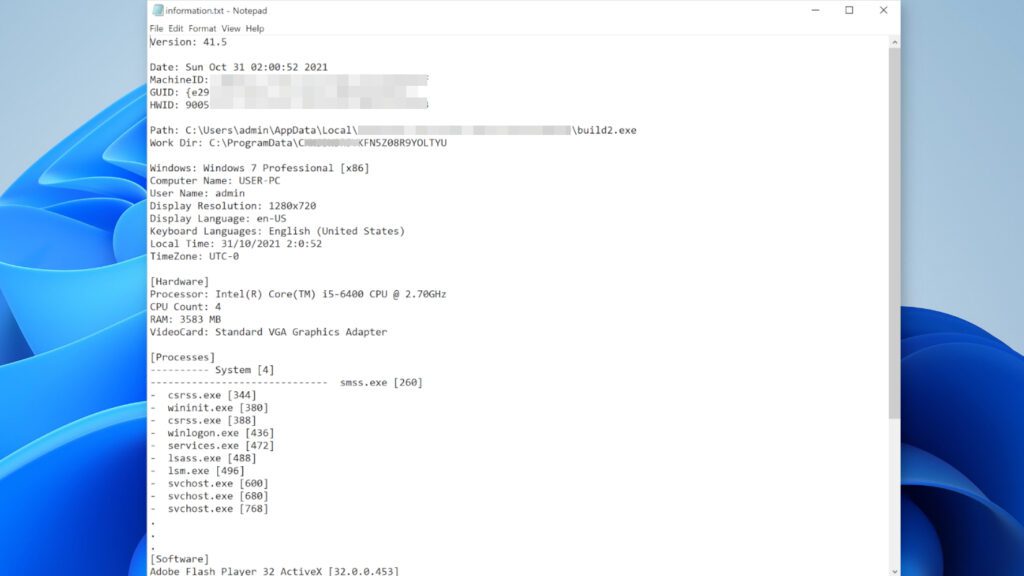
The next thing the malware does is to profile the computer’s geolocation against their list of encryption-protected countries—Russia, Syria, Uzbekistan, Armenia, Kyrgyzstan, Ukraine, Kazachstan, Tajikistan and Belarus. It will truncate any further action once it matches with any of them, but if it doesn’t match, it then collects online encryption key from their server and matches it with the victim’s ID before saving them in bowsakkdestx.txt file and to PersonalID.txt file.
You can check the image below to see how these files look.

Whenever the virus fails to extract an online ID, it will resort to the use of an offline one. The major difference between ID is that while online ID is unique for every victim, the offline one is uniform for all. You can easily detect if an offline key was used once t1 characters appear at the end of the personal ID. The good news about offline key is that there is a chance you can decrypt .yqal files. More information on this can be obtained in this guide.
At this point, full data encryption commences as it scans each folder and encrypts them with Salsa20 before locking the encryption key with RSA-2048 key. While this is going on, each file will be marked with additional extensions.
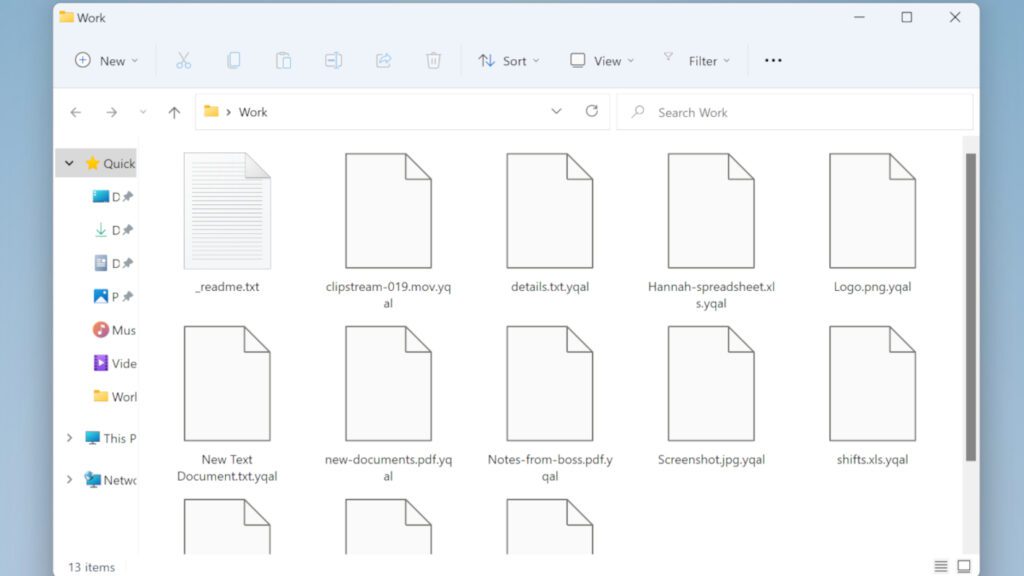
Here is a screenshot of _readme.txt ransom note they drop in each folder:

The next thing the virus does is to delete the Volume Shadow Copies using the command prompt task as written below:
vssadmin.exe Delete Shadows /All /Quiet
The malware then compiles a list of domains in the Windows HOSTS file and sticks them to the localhost IP. It does this to effectively prevent the victim from having access to those websites, thus DNS_PROBE_FINISHED_NXDOMAIN error message may appear whenever the victim tries to open them. The reason why they do this is to ensure that victims won’t get any help from forums or blogs online.
Remove YQAL Ransomware Virus and Recover Your Files
For victims of ransomware, the importance of reporting cybercrime attack can’t be overemphasized. You will have to inform any agency or institution that handles such issues in your locality. The guide provided below can help you on this. The next crucial thing to do is to remove YQAL ransomware virus from your computer. You can also leverage the guide we created to assist you in setting up your computer in Safe Mode with Networking. This option is recommended because it gives the antivirus enough room to completely remove the malware. You should be careful when selecting the antivirus to use for this. If you are not fully assured of any antivirus, please go for INTEGO Antivirus because it has proven over time to be very reliable.
As an additional measure, we usually recommend our readers to download RESTORO and run a free system scan to see if it can repair some virus damage to the system. The tool targets Windows operating system files. If it detects the damage, you may want to use its premium version features to fix the issues automatically.
Now you have removed YQAL ransomware, it is time to go over the recommendations by our in-house experts:
- Inform local authorities; this is an important aspect you should not overlook. It is necessary to reach out to relevant institutions or government agencies nearest to you and inform them about the situation.
- Restore lost data; you have a backup? Now is the time to make use of it. But before that you must ensure that your computer is 100% free of malware before trying to restore your data.
- Go for tutorials; now is the time to learn something new. You can search for materials and learn how to repair STOP/DJVU versions encrypted files in a guide published on our site.
- Change all passwords; it is very important to change all passwords associated with the compromised computer. Remember there is possibility that some of your passwords may have gotten into wrong hands. The cybercriminals may try to gain access into personal files to either dupe you or to blackmail you. So don’t give them that chance!
Before we wrap it up, always remember that using a strong and genuine antivirus at all times should never be taken for granted. Some antivirus can be great and purpose-built while some others are not good enough, so choose wisely!
OUR GEEKS RECOMMEND
Our team recommends a two-step rescue plan to remove ransomware and other remaining malware from your computer, plus repair caused virus damage to the system:
GeeksAdvice.com editors select recommended products based on their effectiveness. We may earn a commission from affiliate links, at no additional cost to you. Learn more.
YQAL Ransomware Virus Removal Guidelines
Method 1. Enter Safe Mode with Networking
Step 1. Start Windows in Safe Mode with Networking
Before you try to remove YQAL Ransomware Virus virus, you must start your computer in Safe Mode with Networking. Below, we provide the easiest ways to boot PC in the said mode, but you can find additional ones in this in-depth tutorial on our website – How to Start Windows in Safe Mode. Also, if you prefer a video version of the tutorial, check our guide How to Start Windows in Safe Mode on Youtube.
Instructions for Windows XP/Vista/7 users
- First of all, turn off your PC. Then press the Power button to start it again and instantly start pressing F8 button on your keyboard repeatedly in 1-second intervals. This launches the Advanced Boot Options menu.
- Use arrow keys on the keyboard to navigate down to Safe Mode with Networking option and press Enter.
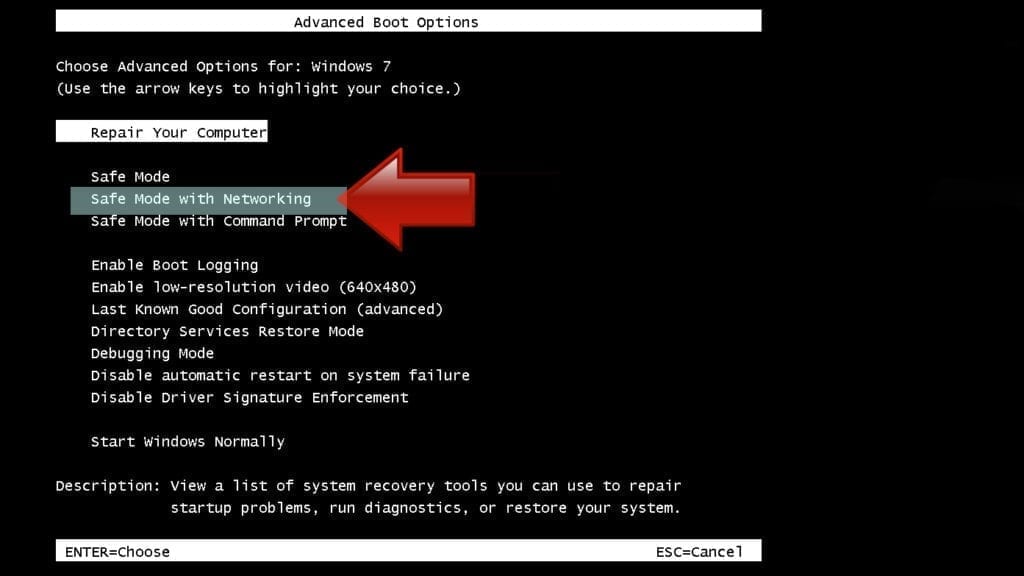
Instructions for Windows 8/8.1/10/11 users
- Open Windows Start menu, then press down the Power button. On your keyboard, press down and hold the Shift key, and then select Restart option.
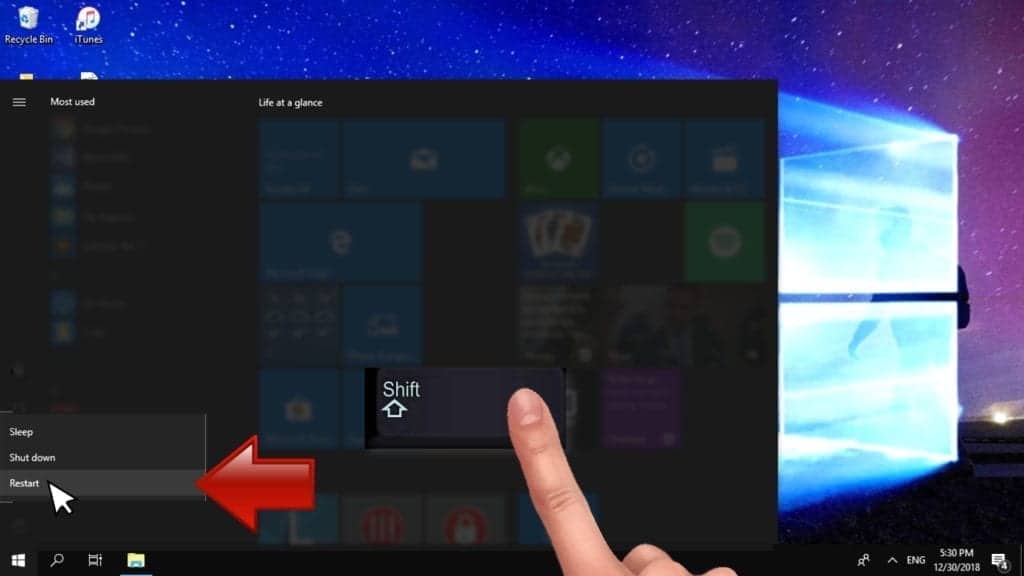
- This will take you to Windows Troubleshoot screen. Choose Troubleshoot > Advanced Options > Startup Settings > Restart. Tip: If you can't find Startup Settings, click See more recovery options.
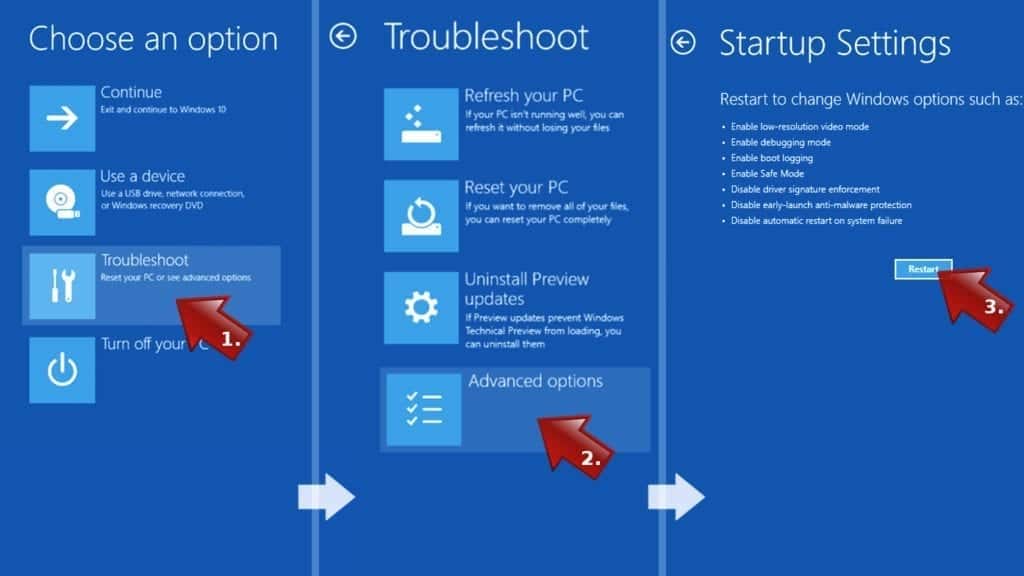
- In Startup Settings, press the right key between F1-F9 to enter Safe Mode with Networking. In this case, it is the F5 key.
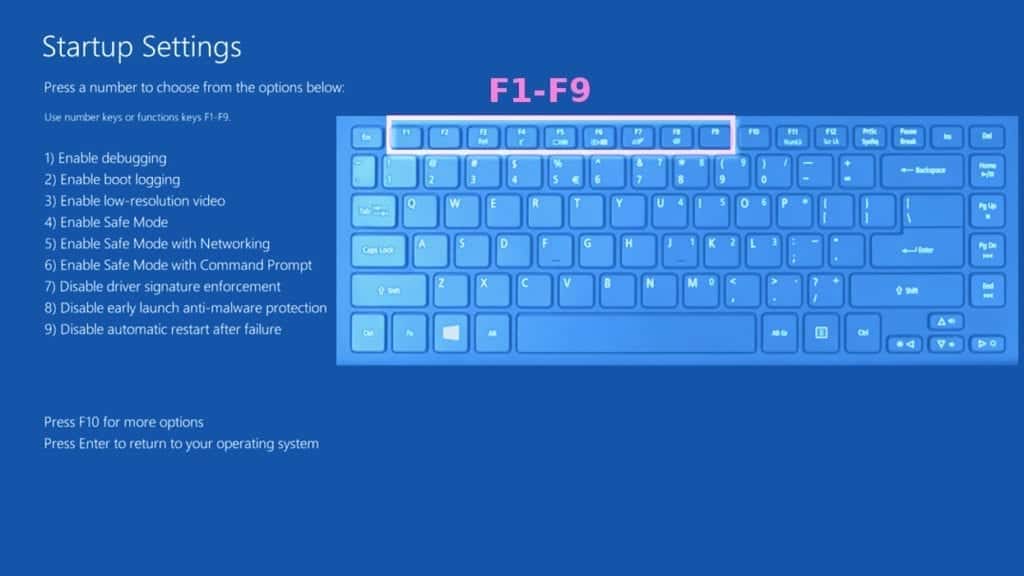
Step 2. Remove files associated with the virus
Now, you can search for and remove YQAL Ransomware Virus files. It is very hard to identify files and registry keys that belong to the ransomware virus, Besides, malware creators tend to rename and change them repeatedly. Therefore, the easiest way to uninstall such type of a computer virus is to use a reliable security program such as INTEGO Antivirus. For virus damage repair, consider using RESTORO.
Special Offer
Compatibility: Microsoft Windows
See Full Review
RESTORO is a unique PC Repair Tool which comes with an in-built Avira scan engine to detect and remove spyware/malware threats and uses a patented technology to repair virus damage. The software can repair damaged, missing or malfunctioning Windows OS files, corrupted DLLs, and more. The free version offers a scan that detects issues. To fix them, license key for the full software version must be purchased.
Method 2. Use System Restore
In order to use System Restore, you must have a system restore point, created either manually or automatically.
Step 1. Boot Windows in Safe Mode with Command Prompt
Instructions for Windows XP/Vista/7 users
- Shut down your PC. Start it again by pressing the Power button and instantly start pressing F8 button on your keyboard repeatedly in 1-second intervals. You will see Advanced Boot Options menu.
- Using arrow keys on the keyboard, navigate down to Safe Mode with Command Prompt option and press Enter.
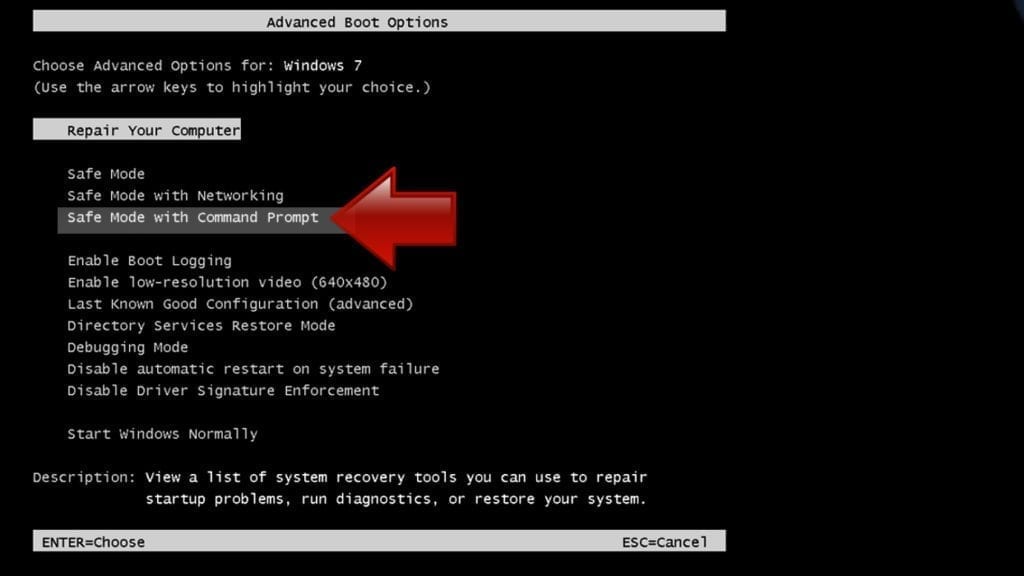
Instructions for Windows 8/8.1/10/11 users
- Launch Windows Start menu, then click the Power button. On your keyboard, press down and hold the Shift key, and then choose Restart option with the mouse cursor.

- This will take you to Windows Troubleshoot screen. Choose Troubleshoot > Advanced Options > Startup Settings > Restart. Tip: If you can't find Startup Settings, click See more recovery options.

- In Startup Settings, press the right key between F1-F9 to enter Safe Mode with Command Prompt. In this case, press F6 key.

Step 2. Start System Restore process
- Wait until system loads and command prompt shows up.
- Type cd restore and press Enter, then type rstrui.exe and press Enter. Or you can just type %systemroot%system32restorerstrui.exe in command prompt and hit Enter.
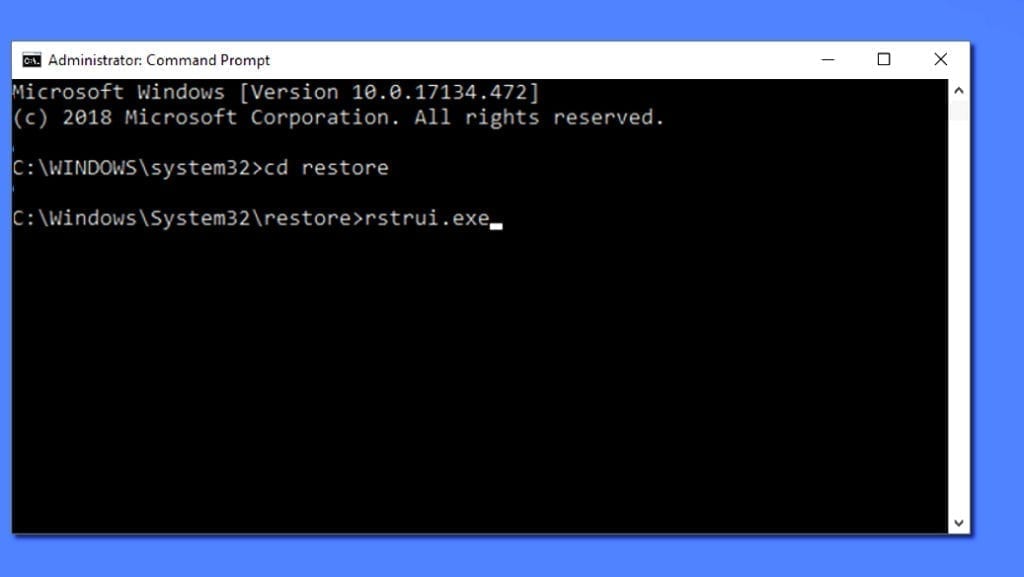
- This launches System Restore window. Click Next and then choose a System Restore point created in the past. Choose one that was created before ransomware infection.
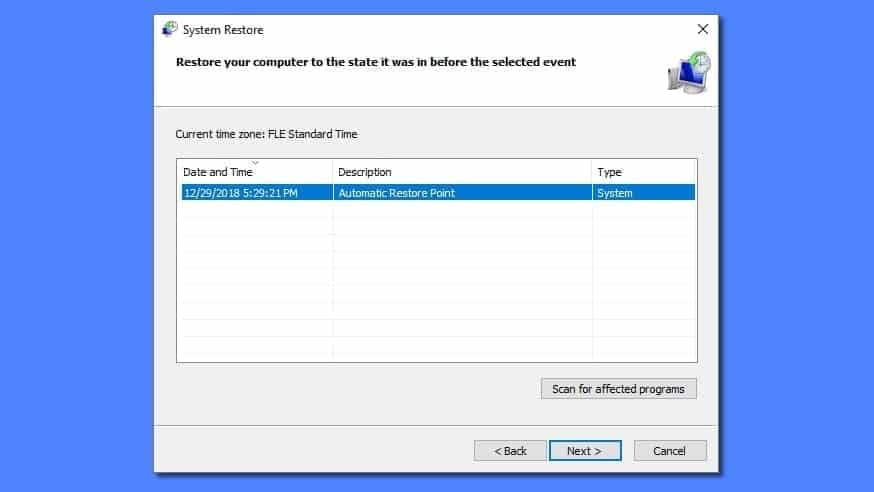
- Click Yes to begin the system restoration process.
After restoring the system, we recommend scanning the system with antivirus or anti-malware software. In most cases, there won't be any malware remains, but it never hurts to double-check. In addition, we highly recommend checking ransomware prevention guidelines provided by our experts in order to protect your PC against similar viruses in the future.
Alternative software recommendations
Malwarebytes Anti-Malware
Removing spyware and malware is one step towards cybersecurity. To protect yourself against ever-evolving threats, we strongly recommend purchasing a Premium version of Malwarebytes Anti-Malware, which provides security based on artificial intelligence and machine learning. Includes ransomware protection. See pricing options and protect yourself now.
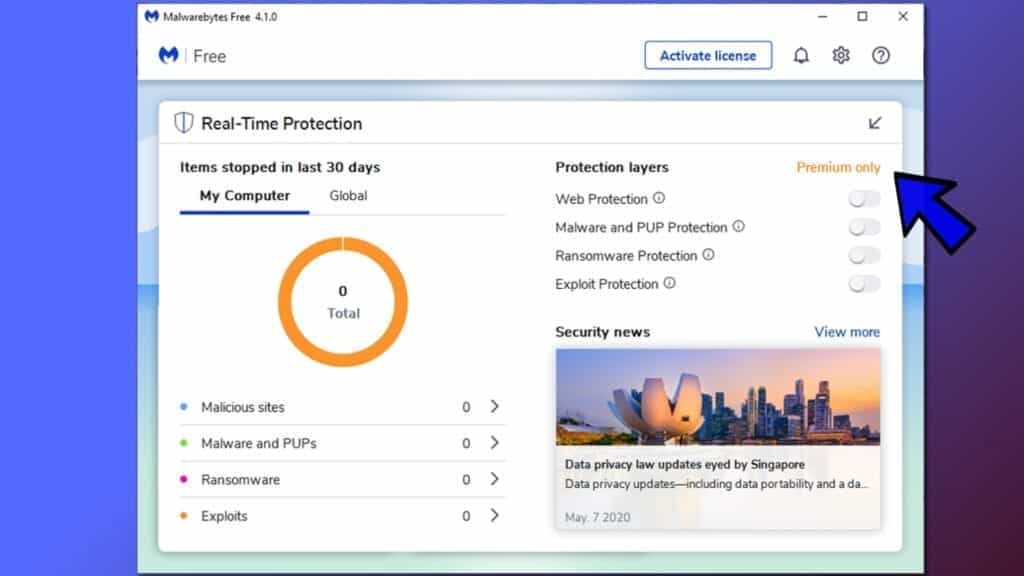
System Mechanic Ultimate Defense
If you're looking for an all-in-one system maintenance suite that has 7 core components providing powerful real-time protection, on-demand malware removal, system optimization, data recovery, password manager, online privacy protection and secure driver wiping technology. Therefore, due to its wide-range of capabilities, System Mechanic Ultimate Defense deserves Geek's Advice approval. Get it now for 50% off. You may also be interested in its full review.
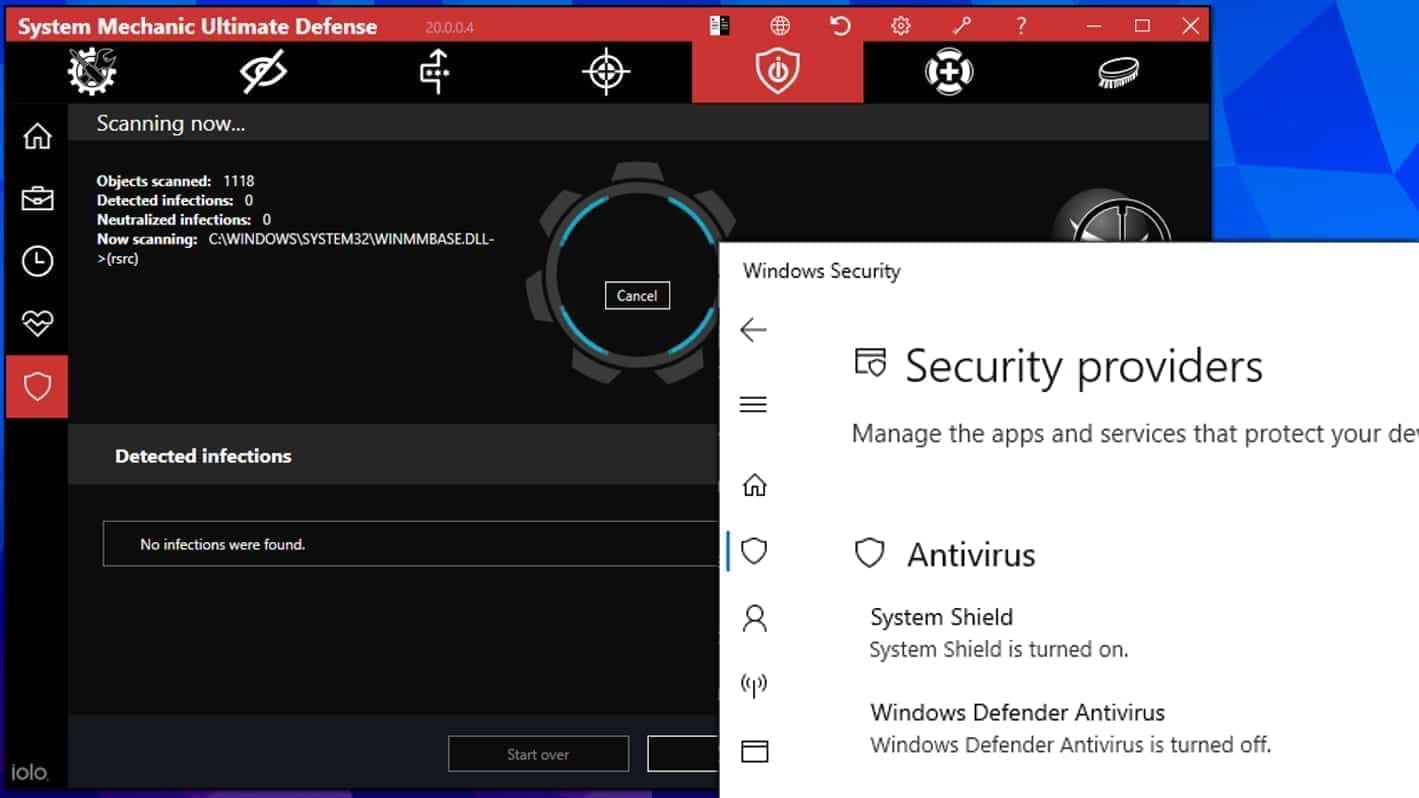
Disclaimer. This site includes affiliate links. We may earn a small commission by recommending certain products, at no additional cost for you. We only choose quality software and services to recommend.
Decrypt YQAL files
Fix and open large YQAL files easily:
It is reported that STOP/DJVU ransomware versions encrypt only the beginning 150 KB of each file to ensure that the virus manages to affect all files on the system. In some cases, the malicious program might skip some files at all. That said, we recommend testing this method on several big (>1GB) files first.
- Create a copy of encrypted file to a separate folder using Copy > Paste commands.
- Now, right-click the created copy and choose Rename. Select the YQAL extension and delete it. Press Enter to save changes.
- In the prompt asking whether you want to make the changes as file might become unusable, click OK.
- Try opening the file.
STOP/DJVU decryption tool usage guide
STOP/DJVU ransomware versions are grouped into old and new variants. YQAL Ransomware Virus is considered the new STOP/DJVU variant, just like JYPO, KIFR, KIOP, KITZ, BOZA, BOTY, COZA (find full list here). This means full data decryption is now possible only if you have been affected by offline encryption key. To decrypt your files, you will have to download Emsisoft Decryptor for STOP DJVU, a tool created and maintained by a genius security researcher Michael Gillespie.
Note! Please do not spam the security researcher with questions whether he can recover your files encrypted with online key - it is not possible.
In order to test the tool and see if it can decrypt YQAL files, follow the given tutorial.
- Download the decryption tool from Emsisoft.
- Click the little arrow next to your download and choose Show in Folder.
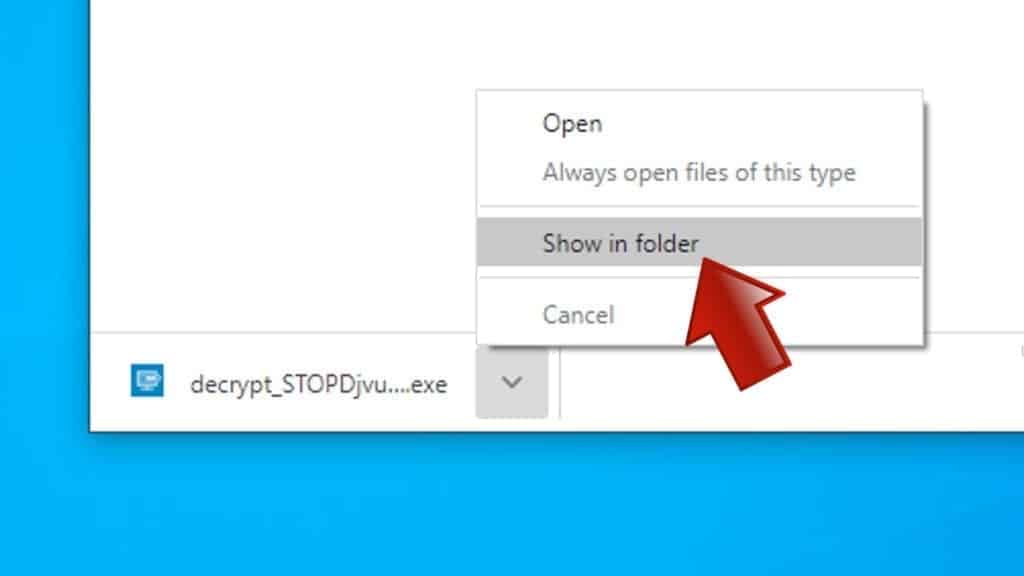
- Now, right-click the file and choose Run as Administrator. If asked, enter administrator's password.
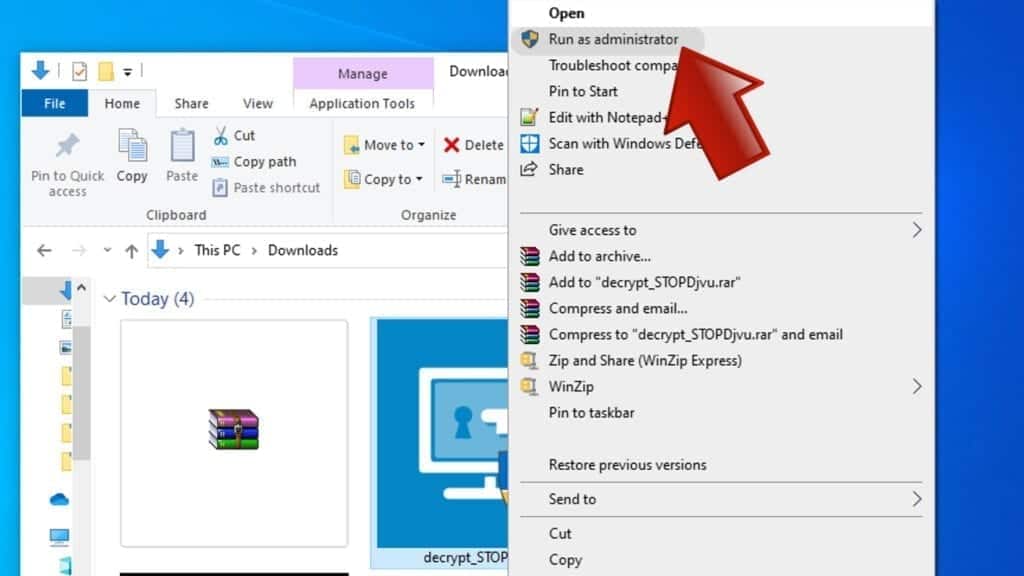
- In UAC window, click Yes.
- Click Yes to agree to software terms in both windows.
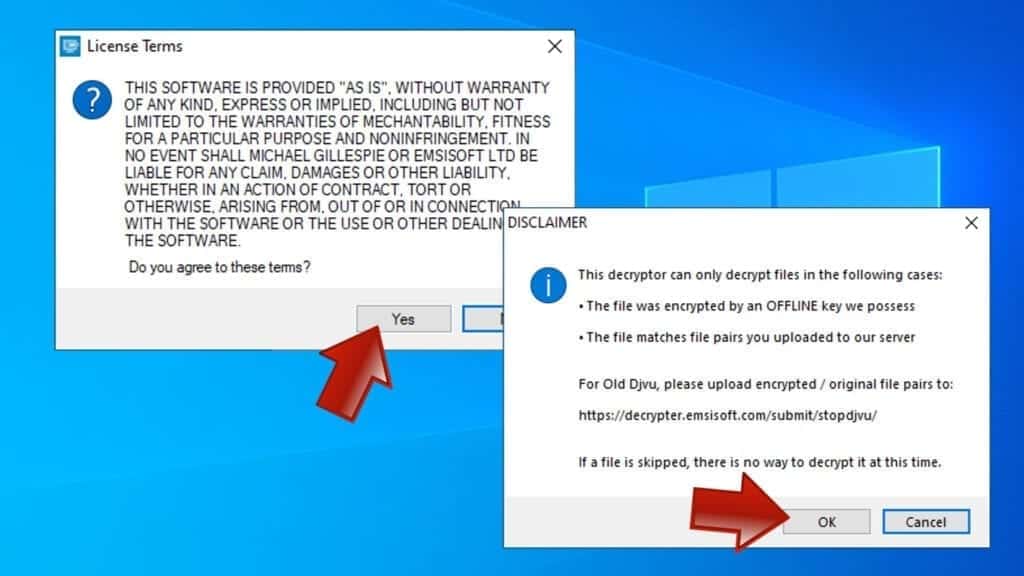
- The tool will automatically include C:// disk as a location to decrypt. The file recovery tool will prepopulate the locations to scan, including connected data storage drives or network drives. Click Add folder if you wish to add additional locations.
In Options tab, you can choose to keep encrypted file copies. We recommend leaving this option selected, especially if you do not know if the decryption tool will work.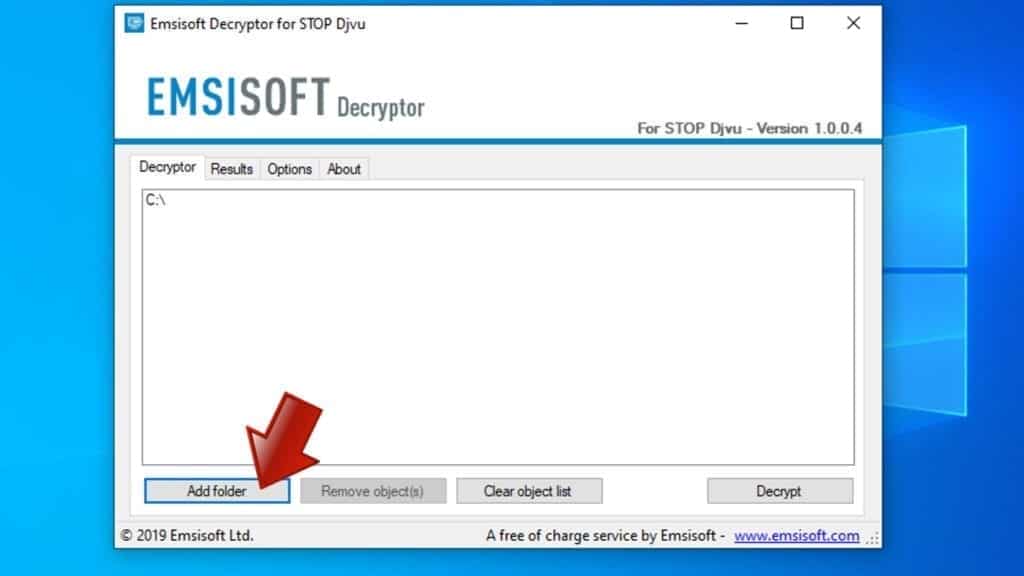
- Click Decrypt to start restoring YQAL files. You will see the progress in the Results tab. Here, you can see messages from the tool, such as whether the decryption procedure is successful, or you need to wait for an update.
You might also be informed that online key was used to encrypt your files. In such case, the decryption tool won't work for you, and the only way to recover your files is to use a data backup.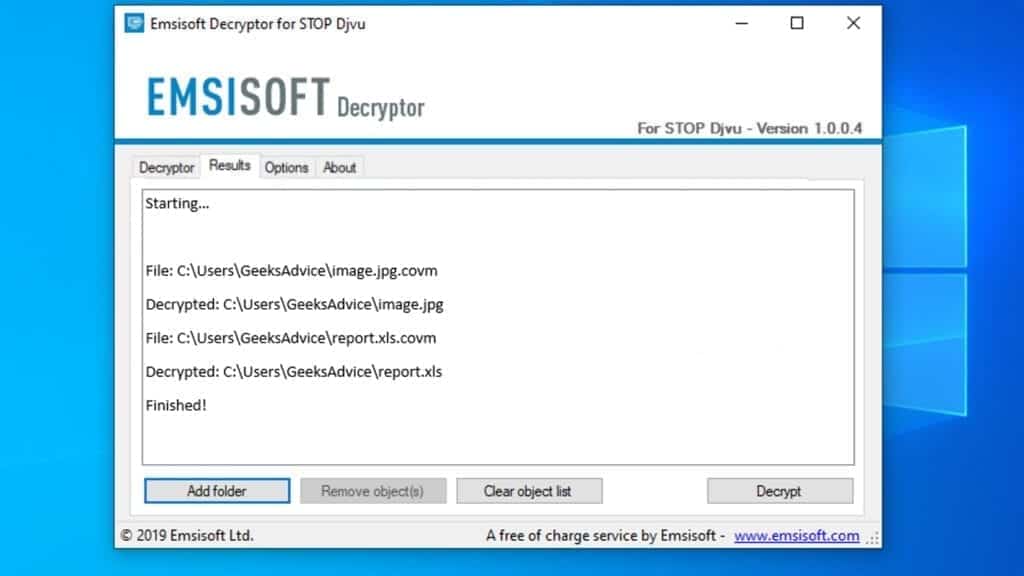
Meanings of decryptor's messages
The YQAL decryption tool might display several different messages after failed attempt to restore your files. You might receive one of the following messages:
Error: Unable to decrypt file with ID: [example ID]
This message typically means that there is no corresponding decryption key in the decryptor's database.
No key for New Variant online ID: [example ID]
Notice: this ID appears to be an online ID, decryption is impossible
This message informs that your files were encrypted with online key, meaning no one else has the same encryption/decryption key pair, therefore data recovery without paying the criminals is impossible.
Result: No key for new variant offline ID: [example ID]
This ID appears to be an offline ID. Decryption may be possible in the future.
If you were informed that an offline key was used, but files could not be restored, it means that the offline decryption key isn't available yet. However, receiving this message is extremely good news, meaning that it might be possible to restore your YQAL extension files in the future. It can take a few months until the decryption key gets found and uploaded to the decryptor. We recommend you to follow updates regarding the decryptable DJVU versions here. We strongly recommend backing up your encrypted data and waiting.
Report Internet crime to legal departments
Victims of YQAL Ransomware Virus should report the Internet crime incident to the official government fraud and scam website according to their country:
- In the United States, go to the On Guard Online website.
- In Australia, go to the SCAMwatch website.
- In Germany, go to the Bundesamt für Sicherheit in der Informationstechnik website.
- In Ireland, go to the An Garda Síochána website.
- In New Zealand, go to the Consumer Affairs Scams website.
- In the United Kingdom, go to the Action Fraud website.
- In Canada, go to the Canadian Anti-Fraud Centre.
- In India, go to Indian National Cybercrime Reporting Portal.
- In France, go to the Agence nationale de la sécurité des systèmes d’information.
If you can't find an authority corresponding to your location on this list, we recommend using any search engine to look up "[your country name] report cyber crime". This should lead you to the right authority website. We also recommend staying away from third-party crime report services that are often paid. It costs nothing to report Internet crime to official authorities.
Another recommendation is to contact your country's or region’s federal police or communications authority.
Frequently Asked Questions
You can only open YQAL files if you have the decryption key, or if you were affected by offline encryption type.
To figure out whether you were affected by offline encryption, please go to C:/SystemID/PersonalID.txt and see if the string inside of it ends in t1. You can also try using Emsisoft Decryptor for STOP/DJVU.
Please follow the guidances provided by the official YQAL decryption tools and believe what they say. If they say it is impossible to decrypt, it really is so. There is no magic tool or human capable of decrypting your files hiding somewhere. Encryption is a technique created to be nearly impossible to decrypt without a special private key (held by the criminals).
We advise scanning with anti-virus, anti-malware, malware removal tools or software like RESTORO to eliminate virus damage on the system. If you do not trust using a single tool, try running one after another. However, we do not recommend keeping several security programs on a computer at once as they can interfere with each other's work.
Beware of fake YQAL decryption tools circulating around the web. Cyber criminals are uploading them to various shady websites, also might be promoting them via suspicious Youtube videos. These programs can infect your computer even more heavily (Trojans, miners, etc.). We suggest being extremely cautious around the web. If there will be an official STOP/DJVU decryption tool available, it will be widely discussed in public media.

Norbert Webb is the head of Geek’s Advice team. He is the chief editor of the website who controls the quality of content published. The man also loves reading cybersecurity news, testing new software and sharing his insights on them. Norbert says that following his passion for information technology was one of the best decisions he has ever made. “I don’t feel like working while I’m doing something I love.” However, the geek has other interests, such as snowboarding and traveling.
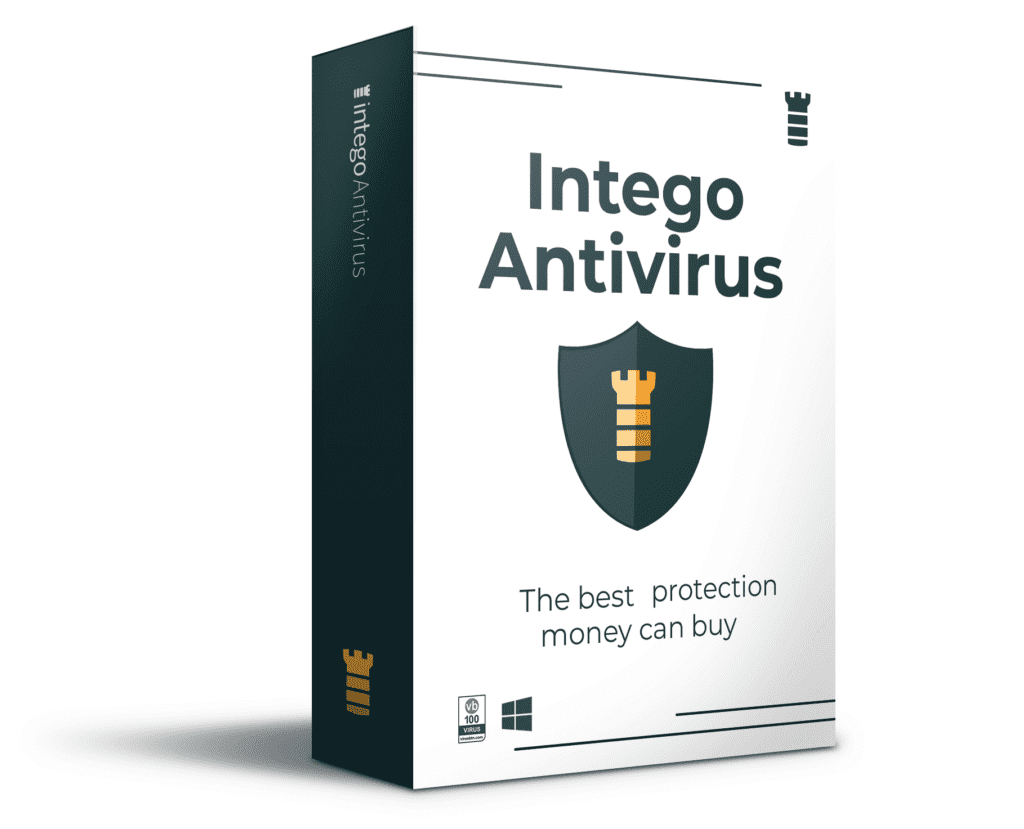
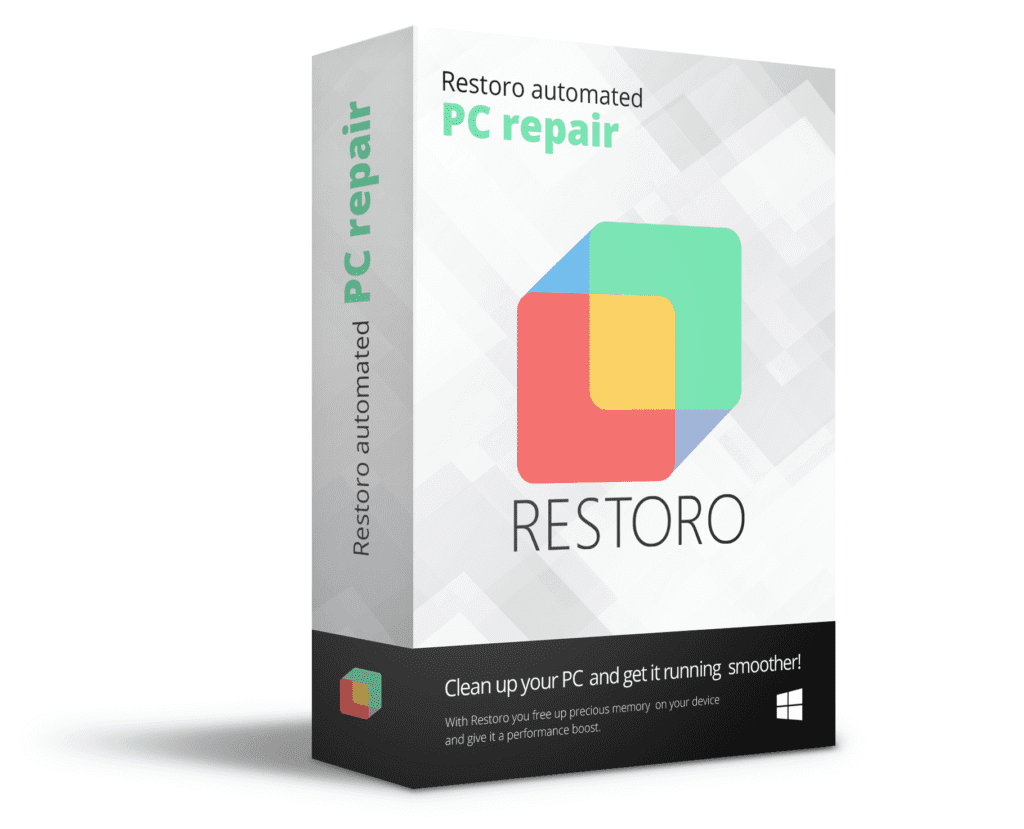
Leave a Reply